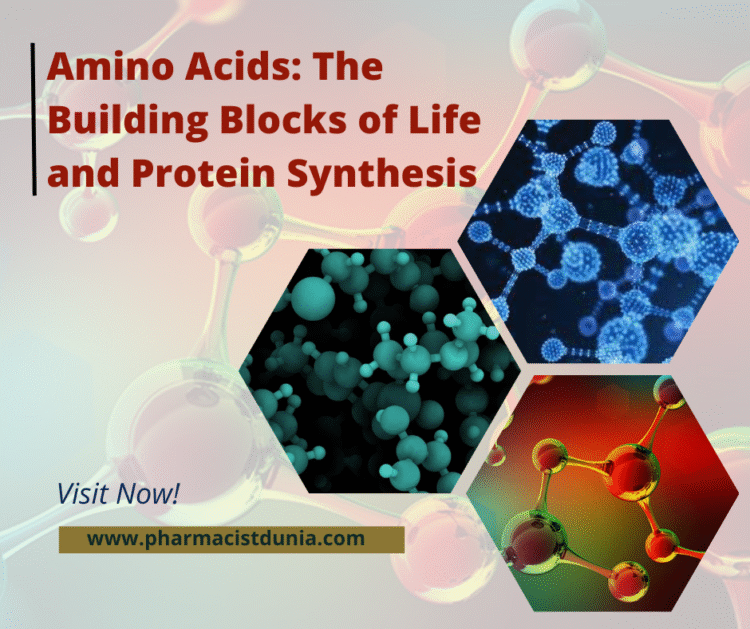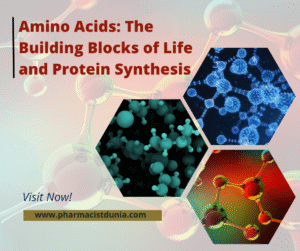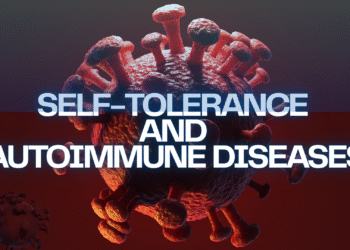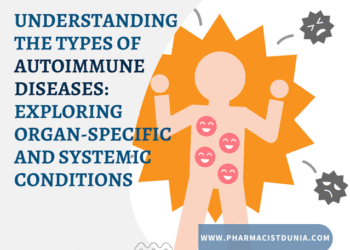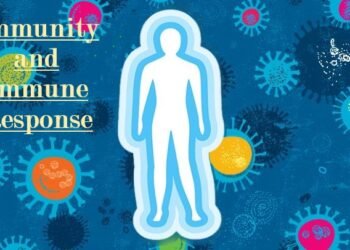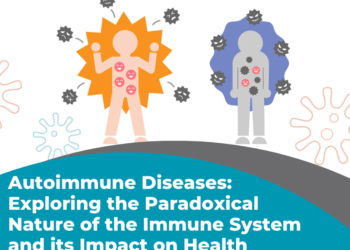Amino acids are crucial organic compounds that play a fundamental role in various biological processes. They serve as the building blocks of polypeptides and proteins, which are essential for the structure, function, and regulation of cells and organisms. Let’s delve into a well-organized explanation of amino acids, their composition, synthesis, and significance.
Discover the significance of amino acids as the building blocks of life and protein synthesis. Explore their diverse structures, composition, synthesis pathways, and roles in biological processes. Understand how these essential organic compounds contribute to cellular function and overall well-being.
Definition and Structure:
An amino acid is an organic acid characterized by the presence of a carboxyl functional group (-COOH) and an amine functional group (-NH2). Additionally, each amino acid possesses a unique side chain known as the R group. This side chain gives each amino acid its distinct chemical properties. The general formula of an amino acid is as follows:
H
|
N–C–C
|
R
Here,
H represents the amine group (-NH2),
C represents the carbon atom, and
R represents the variable side chain.
Classification of Amino Acids:
There are 20 standard amino acids commonly found in proteins. They differ from one another based on the specific chemical structure of their R group. The 20 amino acids can be categorized into several groups based on their side chains, such as nonpolar, polar, acidic, basic, aromatic, and sulfur-containing amino acids. This structural diversity allows for the wide range of functions that proteins can perform in biological systems.
Composition and Elements:
Amino acids consist of carbon (C), hydrogen (H), oxygen (O), and nitrogen (N) atoms. All amino acids contain these four elements. In addition, certain amino acids may contain other elements within their side chains. For example, sulfur (S) is present in the side chain of amino acids like cysteine and methionine.
Synthesis of Amino Acids:
Amino acids can be obtained through two primary sources: endogenous synthesis and dietary intake.
a. Endogenous Synthesis:
In eukaryotic cells, amino acids are synthesized within the ribosomes. The genetic code contained in DNA is transcribed into RNA, which is then translated into specific amino acids through a process known as protein synthesis. This process involves linking amino acids together to form polypeptides, which can undergo further modifications and combinations to generate proteins.
b. Dietary Intake:
Some amino acids, called “essential” amino acids, cannot be synthesized by an organism and must be obtained from the diet. These essential amino acids include histidine, isoleucine, leucine, lysine, methionine, phenylalanine, threonine, tryptophan, and valine. Non-essential amino acids, on the other hand, can be synthesized within the body using precursor molecules and metabolic processes.
Importance of Amino Acids:
Amino acids are vital for various biological functions:
a. Protein Synthesis:
Amino acids serve as the building blocks for polypeptides and proteins. Through the unique sequence and arrangement of amino acids, proteins acquire specific structures and functions, influencing cellular processes, enzymatic activities, and signaling pathways.
b. Precursors for Molecules:
Amino acids are involved in the synthesis of other essential molecules in the body. They participate in the production of neurotransmitters, hormones, nucleotides, and other biologically active compounds.
c. Metabolic Processes:
Amino acids participate in various metabolic pathways. They can be converted into energy sources through processes like gluconeogenesis and the citric acid cycle. Additionally, amino acids contribute to the regulation of cellular metabolism and protein turnover.
In conclusion, amino acids are organic compounds that consist of carboxyl and amine functional groups along with a unique side chain. They are the building blocks of proteins and polypeptides, and their diversity in structure and composition allows for a wide range of biological functions. Amino acids can be synthesized within cells or obtained through the diet, and they play crucial roles in protein synthesis, the synthesis of other important molecules, and various metabolic processes.

